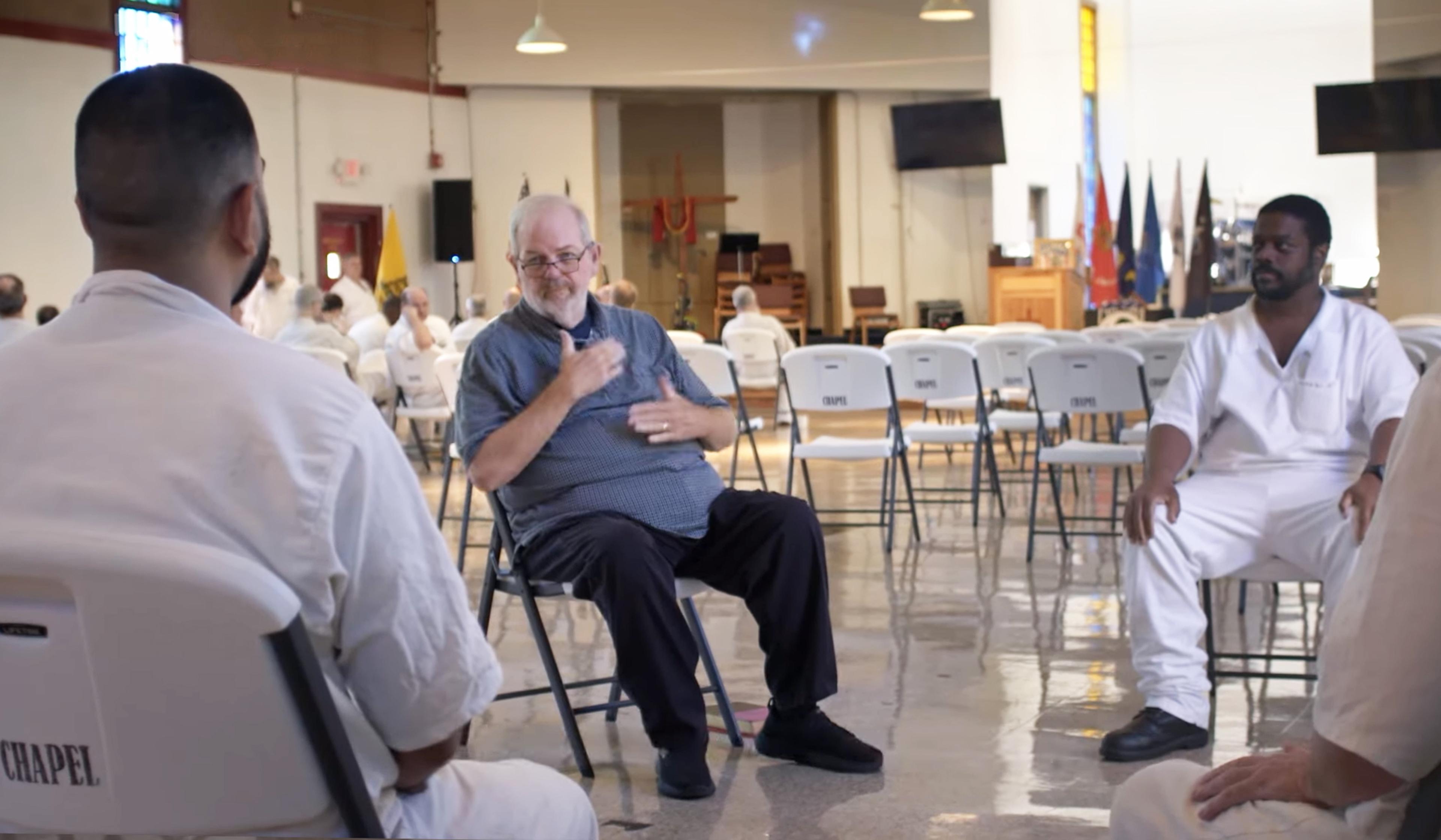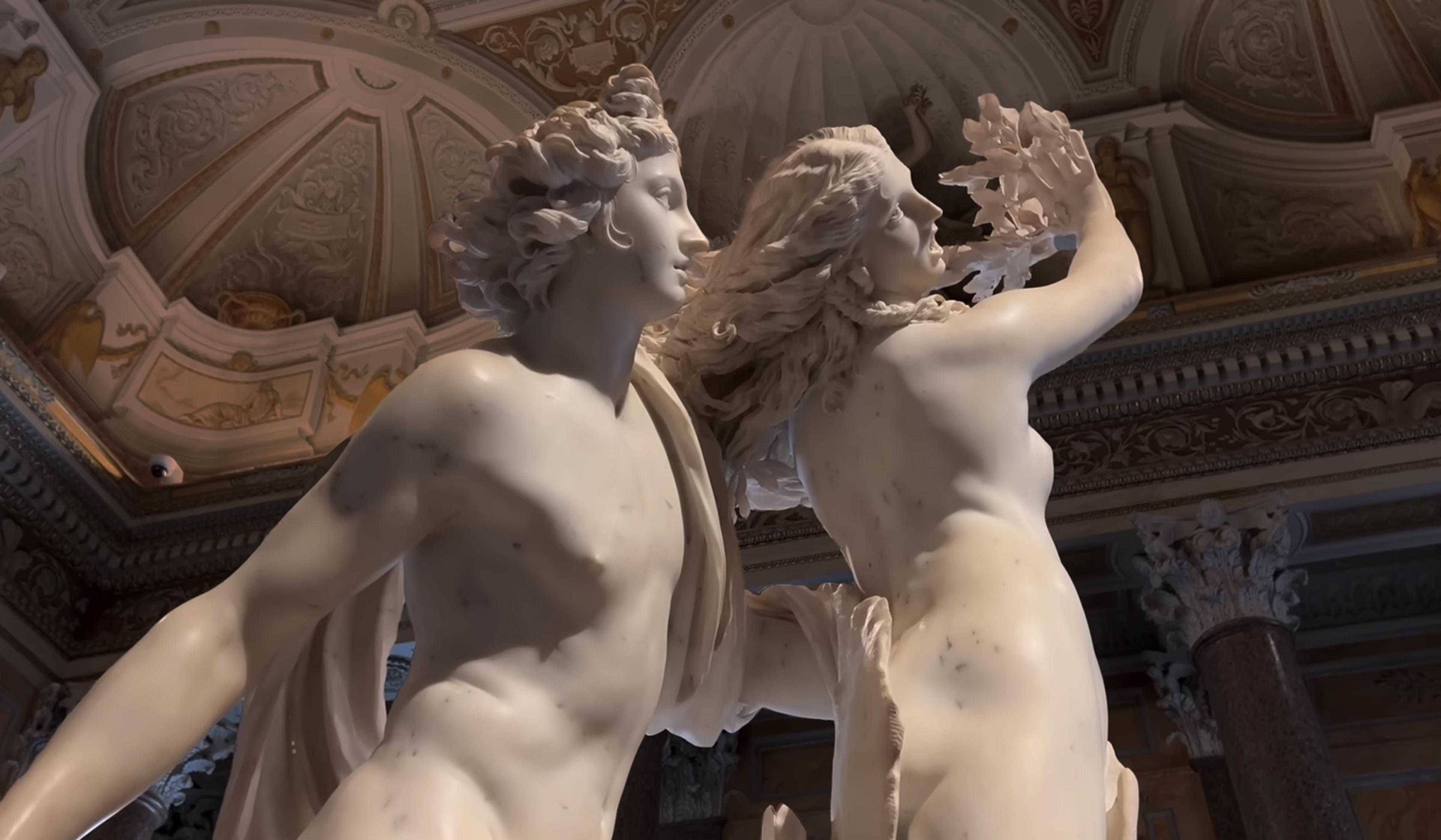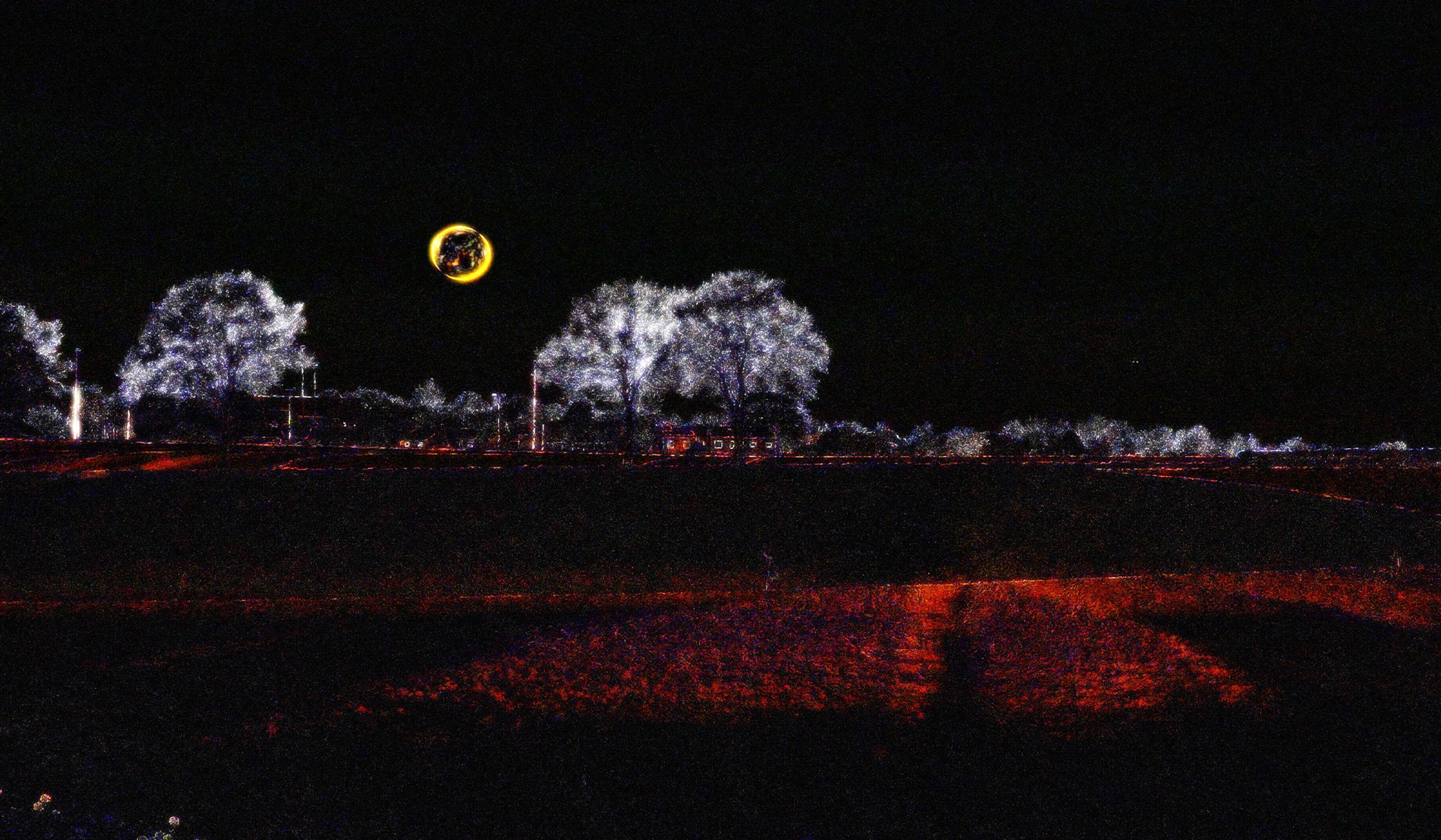Aeon Video has a monthly newsletter!
Get curated editors’ picks, peeks behind the scenes, film recommendations and more.
How one of history’s most beautiful books was used to find fate in the cosmos
The Astronomicum Caesareum (1540) by the German mathematician, astronomer and cartographer Petrus Apianus was used by the privileged – including the Holy Roman emperor Charles V, who commissioned it, and the Tudor king Henry VIII – to find guidance, knowledge and fate in the stars. Produced over eight years at Apianus’s printing press in Bavaria, it was also extraordinarily beautiful, with hand-coloured illustrations, rotating paper dials and silk threads helping to steer its owner’s astrological forecast. Taking viewers on a guided tour of one of the original copies of the Astronomicum Caesareum, this short from the Metropolitan Museum of Art in New York City explores the book’s elegance, intricacy and function. Through this, the video conveys the prevalence of astrology in the 16th century, and how the book emerged in an uncertain world in which long-held beliefs – including geocentrism – were being upended.

video
Biography and memoir
As her world unravels, Pilar wonders at the ‘sacred geometry’ that gives it structure
20 minutes

video
Meaning and the good life
Why strive? Stephen Fry reads Nick Cave’s letter on the threat of computed creativity
5 minutes

video
Human rights and justice
‘I know that change is possible’ – a Deaf prison chaplain’s gospel of hope
18 minutes

video
Physics
Find the building blocks of nature within a single, humble snowflake
4 minutes

video
Art
The overlooked polymath whose theatrical oeuvre made all of Rome a stage
30 minutes

video
Physics
Why the golden age of total solar eclipses is already behind us
5 minutes

video
Film and visual culture
An augmented-reality filter reveals the hidden movements all around us
7 minutes

video
Beauty and aesthetics
The grit of cacti and the drumbeat of time shape a sculptor’s life philosophy
11 minutes

video
Film and visual culture
Stop-motion origami unfurls in a playful exploration of how senses overlap
3 minutes